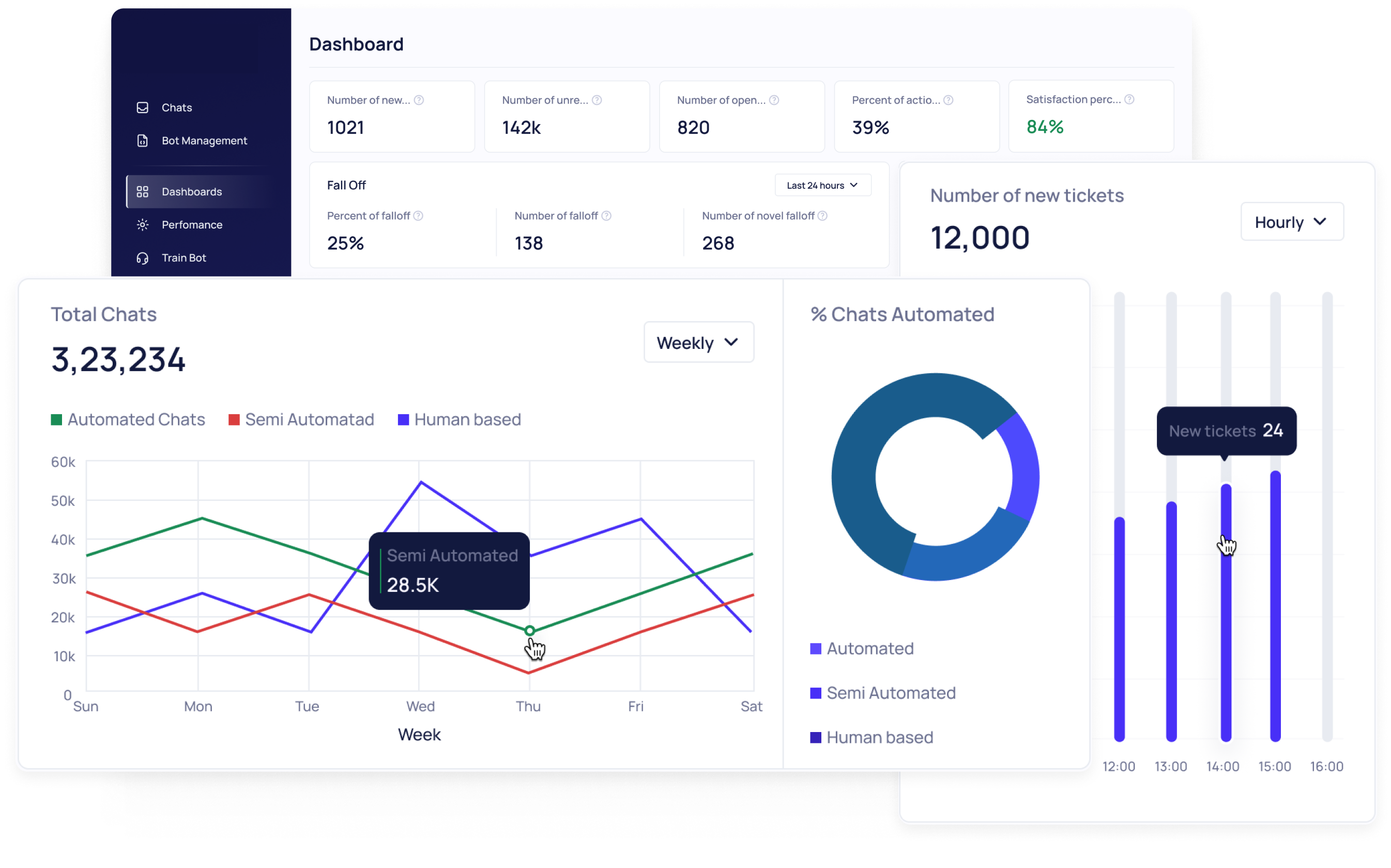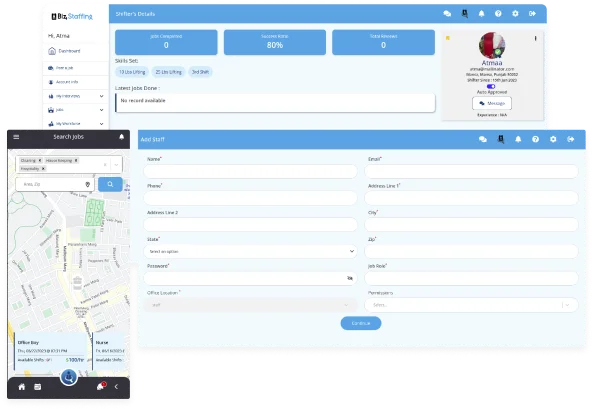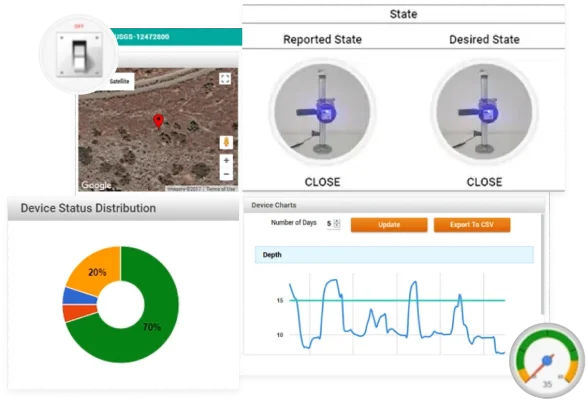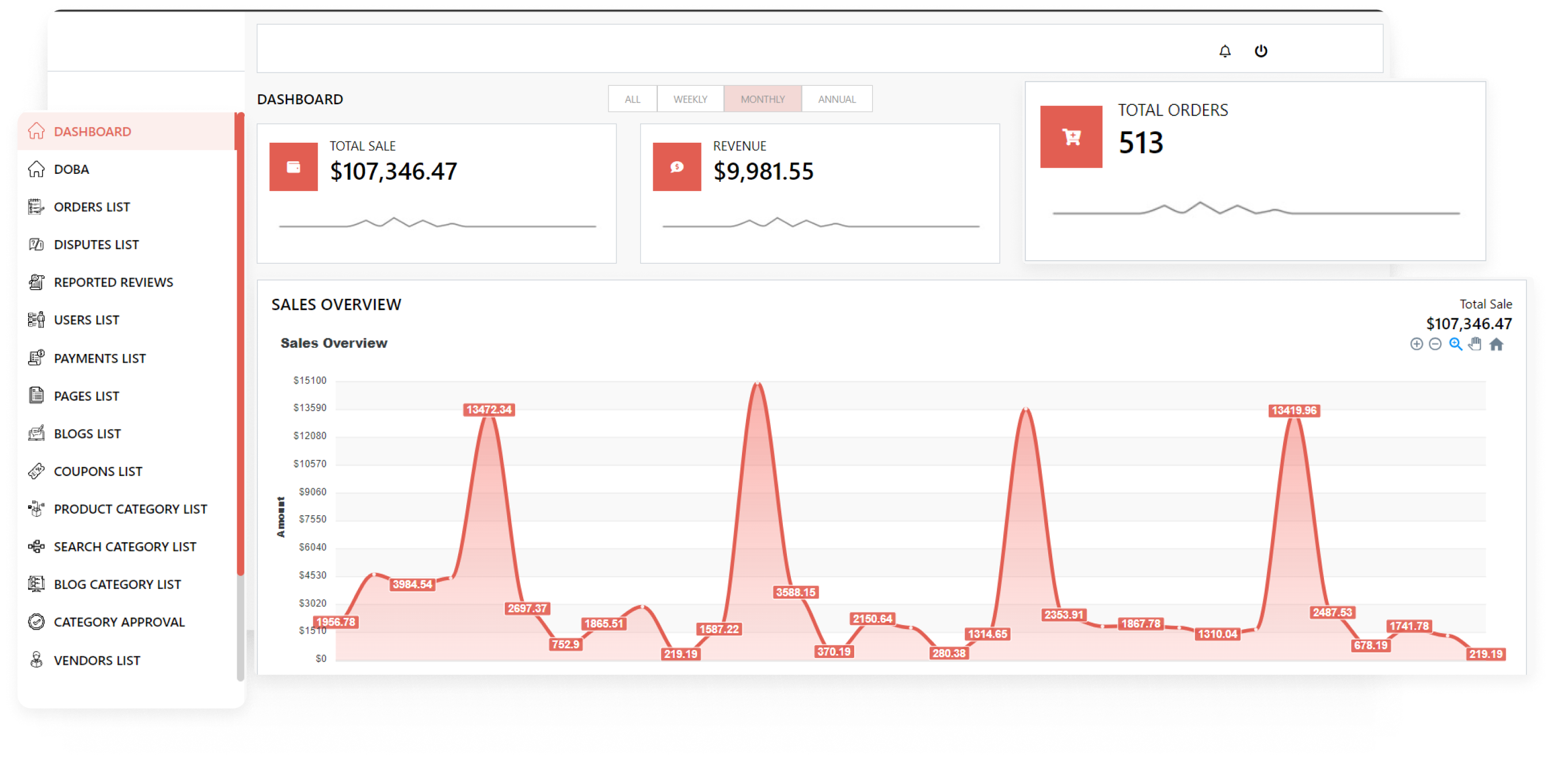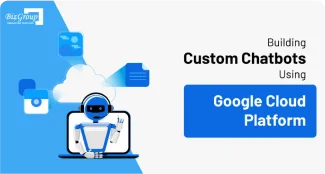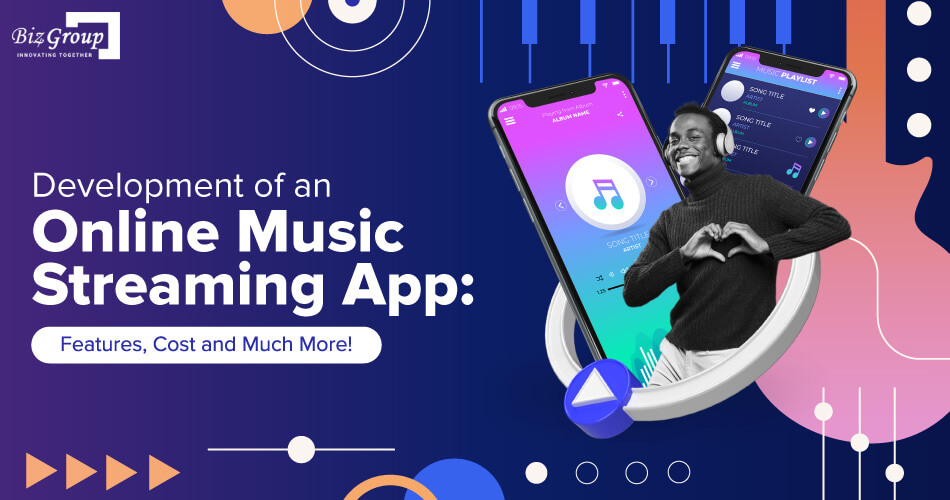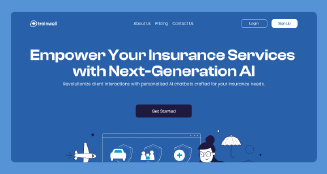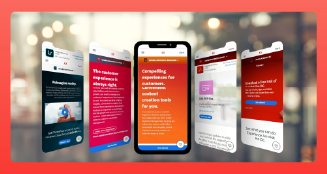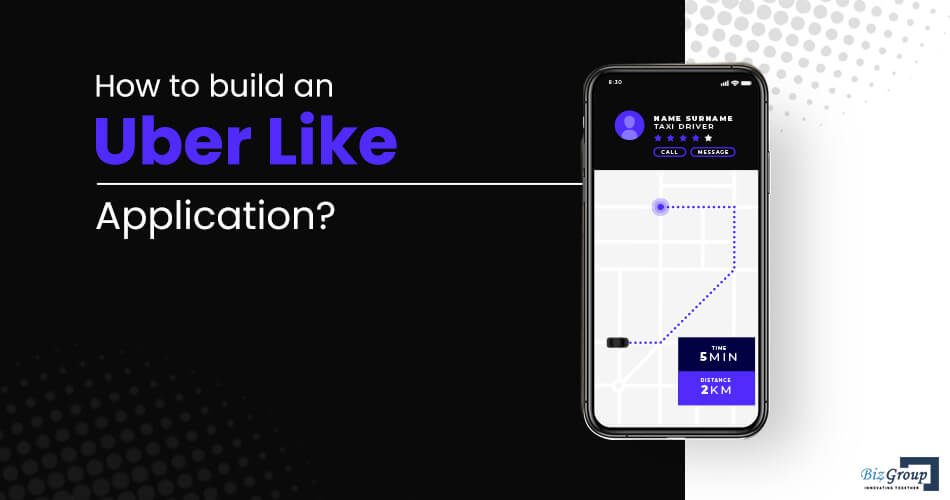How to build an Uber like Application?
“It wasn’t long ago that hailing taxis was almost a luxury that only the rich folks could afford. With “Uber” everything changed. Now every millennial is able to take advantage of the high-end taxi service that has made commute easier and more convenient. What’s more, this “luxury” comes at pocket friendly prices so now one can travel easy across town even when running low on a budget.”
An exemplary on-demand application, Uber boasts of a service model loaded with features and functionalities that has served as inspiration for many industries. Today, Uber serves as a standard model for most on-demand apps. It may not be wrong to say that Uber set a landmark in the world of taxi booking app market.
The Rise of Taxi Booking Apps
Contrary to popular belief, Uber did not begin as the easy taxi booking app for everyone like it is today. Uber started with Uber Black which only allowed users to book black luxury cabs which limited its use to only a fraction of elite folks who could afford it.
Then Uber went on to launch UberX for the everyday millennial followed by Uber Pool that allowed one to share cabs remarkably reducing ride costs. Now Uber has established itself as a mogul in the taxi booking app market.
Today, Uber stands strong with a net worth of a whopping $76 billion. Uber’s exceptional success has also opened opportunities for many other applications in the niche. Although Uber certainly rules the ground for being a pioneer and offering rich featured service, now there are many taxi booking apps competing with Uber; namely, Ola, Lyft, Gett, Meru, Hailo and more that have cabs running across various countries.
Key Features of an Uber Like App
What makes Uber a state-of-the-art product is the easy functionality and rich user experience that it offers to its users. For any Uber like app solution, it is necessary to consider such rich features that enhance the usability of the application.
- User Registration: The first step is that of sign up where user can register himself on the app through email address or phone number. To further simplify the registration process, sign up through social media accounts is a great option.
- GPS Tracking: Every user loves an easy efficient system that reduces manual interaction. A smart GPS enabled tracking system ensures that the application detects the user’s current and desired location. Furthermore, there should also be the option to save frequently visited addresses to simplify the process of cab booking.
- Map Integration: Every taxi booking app needs a system integrated with a mapping software to provide real-time location data. Through this integration, in-time information about busiest and fastest routes can also be made available to users.
- ETA: A great option to increase app usability is by providing estimated time of arrival which will help the user determine if he wants to wait for the cab or book another one. This will also help users understand the time frame from cab booking to reaching the destination.
- Confirmation: Once the cab is booked, confirmation details is sent to the user along with the cab and driver details so they can connect directly to the driver. Also, ride fare estimates are provided for better user experience. This transparency will also build credibility amongst users as the first reason for them to switch to booking apps is pricing!
- Advance Booking: Hailing taxis is not only a day to day affair, but users also require to book rides for later stage when finding cabs may be difficult or they may simply want to do it to save trouble for later. Offering advance booking options for such users is a great option. This will give the user facility to book rides beforehand and the driver can also be available on time as requested. This feature especially comes in handy for outstation trips where bookings are done well in advance to avoid any last-minute hustle.
- Flexibility: Flexible booking options for all day trips are great for users who want to avoid booking cabs back and forth. All day ride packages eliminate the need for repetitive booking while also significantly reducing ride costs. Furthermore, car pool rides should be offered where users can share rides that will result in lesser pricing.
- Payment Features: One of the most important features, payment options should be readily available to customers. In the world of mobile banking, most people go cashless which can be troublesome for someone who travels every day. Offering cashless options is a favorable option to offer in such cases. From card payments, wallets to payment apps, there are myriad options that can be introduced in a taxi booking app.
- Feedback: The best way to build credibility amongst users is by providing review system. Users are prompted to submit a feedback for the last ride that includes the ride rating, driver’s behavior and overall experience. This way it becomes easy to find app’s shortcomings making it possible to work on improvements.
- Push Notifications: Notifications play an important role in informing users of cab details and upcoming offers. These notifications will provide instant data to users influencing their decisions in real time.
- Emergency Button: A very impressive feature offered by Uber is that of the panic button which enables a user to inform the nearest police station, Uber authorities and the passenger’s family members in time of danger or emergency. This emergency button is an exceptional feature that every taxi booking app should offer to ensure user’s safety.
How much will it cost to build an app like Uber?
The development of any app depends on the time and effort involved in building it. For a standard taxi booking app, cost of development falls between $50-250 per hour in the US. Whereas, in India, development cost ranges between $10-80 per hour. On average, a standard taxi booking app can be built for $10,000-25,000 for a single platform (iOS or Android).
With the rise of taxi booking app development companies, developing an app has become easier. A high-end quality application for both iOS and Android can be built for $35,000-40,000 with advanced features.
 info@biz4group.com
info@biz4group.com 
















